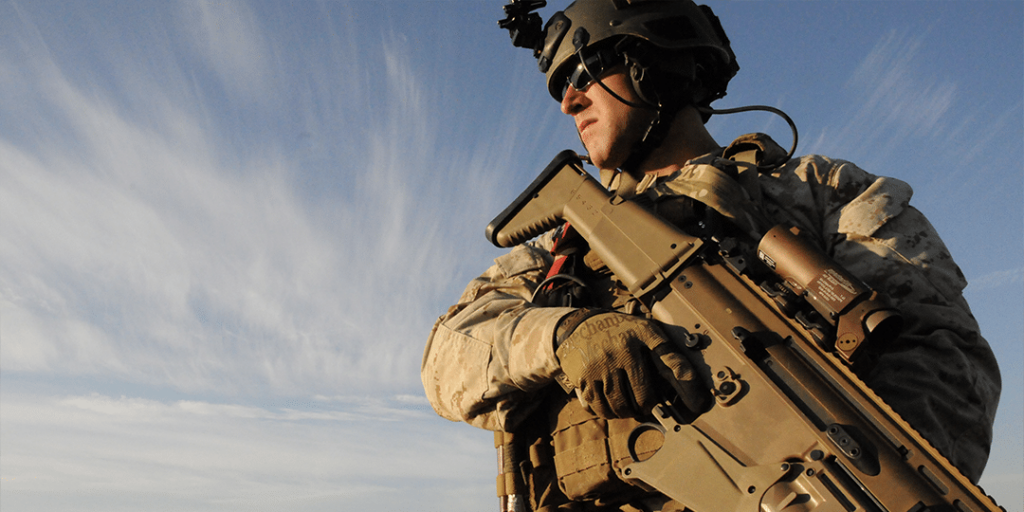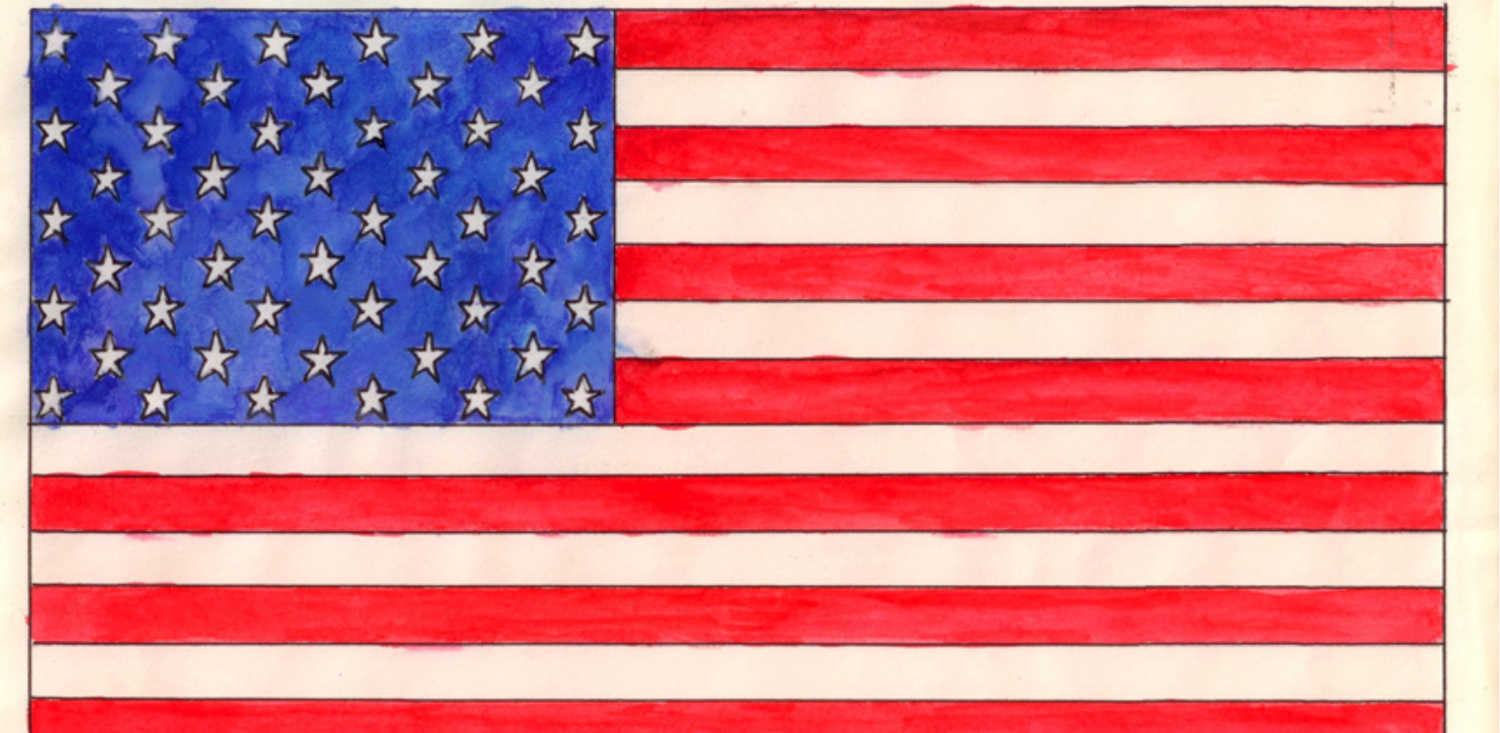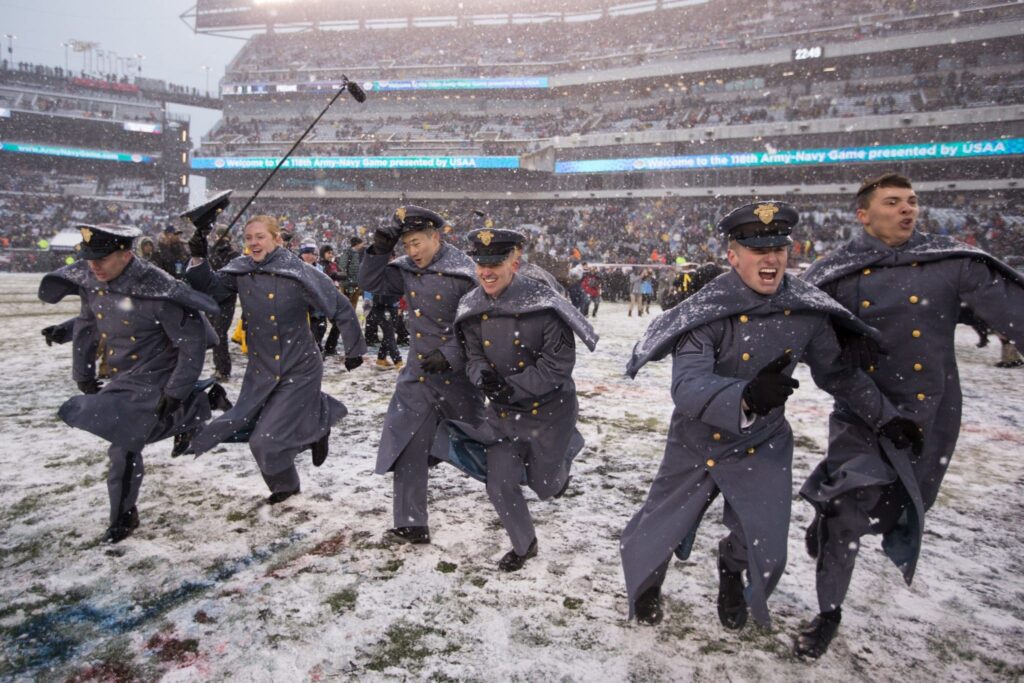
- The App
- Sandboxx News
- Resources
Learn
- Company
About
Become a Partner
Support
- The App
- Sandboxx News
- Resources
Learn
- Company
About
Become a Partner
Support
How many random American flag facts do you know? Flag Day is June 14, a day to celebrate the American flag’s adoption and brush up...

How many random American flag facts do you know?
Flag Day is June 14, a day to celebrate the American flag’s adoption and brush up on some fun history. While July 4 is always a reason to wear red, white, and blue, so is the day when the Stars and Stripes became forever known as the symbol of our nation.
The beautiful fabric that is now our flag has evolved many times over the years and has inspired everything from our national anthem to a strong sense of pride in our country and military.
Below, learn more about the symbol that is near and dear to every patriotic American’s heart.
Back on June 14, 1777, the 13-star flag was declared the official United States flag due to an act of Congress. Evidence suggests that it wasn’t Betsy Ross who designed the flag, but Congressman Francis Hopkinson.
While President Eisenhower was in office back in 1953, he decided the best method to select a final flag design would be to appoint a joint committee with six members: three representatives from the Armed Forces and one each from the Interior Department, State Department, and the Commission on Fine Arts. It wouldn’t be until years later at a cabinet meeting that President Eisenhower received a final briefing on flag design suggestions. The one chosen would easily allow for a 50th star to be added later.
Finally, on December 30, 1958, the committee formally submitted its 49-star flag design for the President’s approval. On January 3, 1959, President Eisenhower issued an executive order approving the design. The American flag made its grand debut on July 4, 1959, when it was raised over the Fort McHenry National Historic Site.
Because President Eisenhower and his committee anticipated Alaska and Hawaii would be added, they figured a new flag design would need to adopt 50 stars. Alaska became a part of the U.S. in 1953, creating a flurry of flag design submissions. When the approval came for the official 50-star design, over 3,000 citizens had sent in their ideas — everything from elementary kid crayon drawings to full-size professionally-made flags — for a chance to be considered for the newest flag design.
The most treasured of American flags is perhaps the original Star-Spangled Banner which is housed in the Smithsonian’s National Museum of American History in Washington, D.C. It’s said that the flag — which measured a whopping 30 feet by 42 feet — inspired Francis Scott Key to pen the famous song known as our national anthem.
A unique program through the Architect of the Capitol offers flags to Americans that have been flown over the U.S. Capitol. Citizens can contact their senator or representative to request a flag that’s been flown over the Capitol. Once flown over the Capitol, each flag is paired with a Certificate of Authenticity keepsake. Learn more here about getting your own flag.
One American flag fact you may be familiar with: The flag sadly doesn’t always wave proudly from the top of its pole. The flag is flown at half-staff whenever the United States as a nation or a state is in mourning. This directive comes from the president, state governor, or the Washington, D.C. mayor. It usually occurs when there’s been a national tragedy or there’s been the death of a government official, first responder, or military member. It may also fly half-staff during national observances like Memorial Day or another national day of remembrance, according to USAGov.
There are 13 red and white stripes that represent the 13 original colonies. The stars, of course, represent all 50 states. Finally, the flag’s colors have symbolic meanings: red represents courage and bravery, white stands for purity and innocence, and blue is for vigilance, perseverance, and justice.
Another interesting American flag fact is that if the flag is flown at night, it must be illuminated. It should also be taken down in severe wind, snow, and rain storms unless it’s considered an “all-weather flag.” Traditionally, the flag was only to be showcased from sunrise to sunset. Once damaged and unable to be flown, the flag should be destroyed in a ceremonial burning process.
It’s no surprise that many homes fly the American flag proudly. With all that the flag stands for and all that our military members do, flying the red, white, and blue is a great symbol of pride.
Given 84% of Americans consider themselves patriotic, according to the Flag Manufacturers Association of America (FMAA), it’s also no surprise that 150 million flags have been sold here in the United States.
As the start of the old poem by Howard Schnauber goes:
I am the flag of the United States of America.
My name is Old Glory.
I fly atop the world’s tallest buildings.
I stand watch in America’s halls of justice.
I fly majestically over institutions of learning.
I stand guard with power in the world.
Look up and see me…




